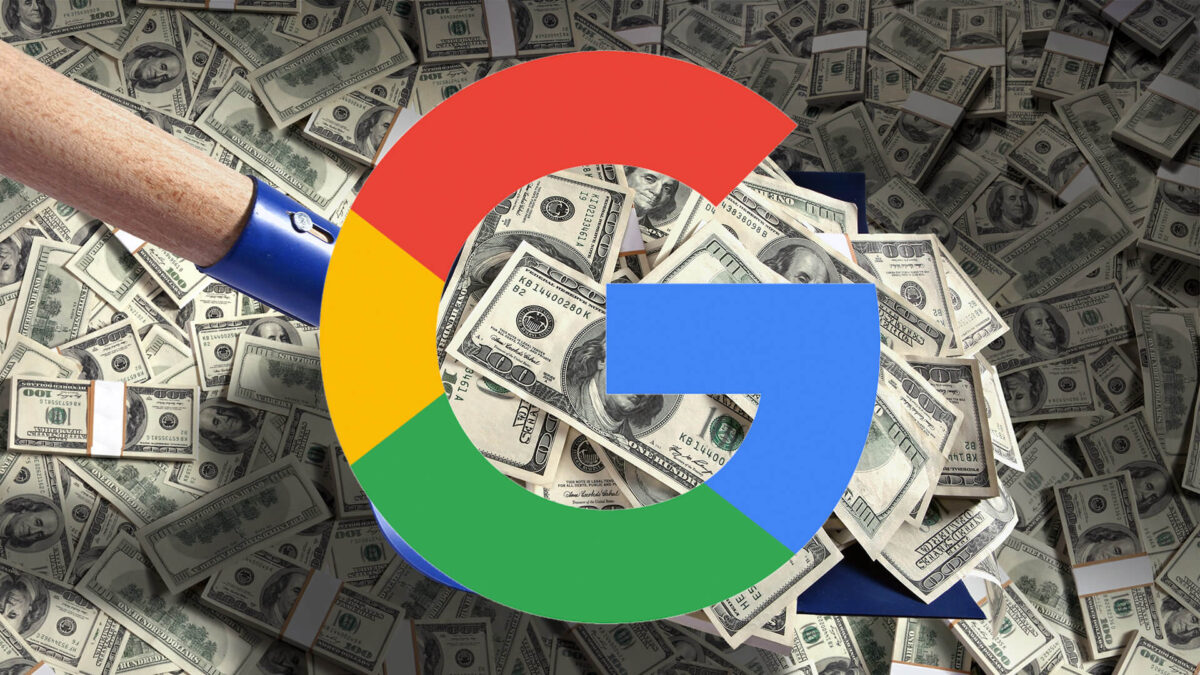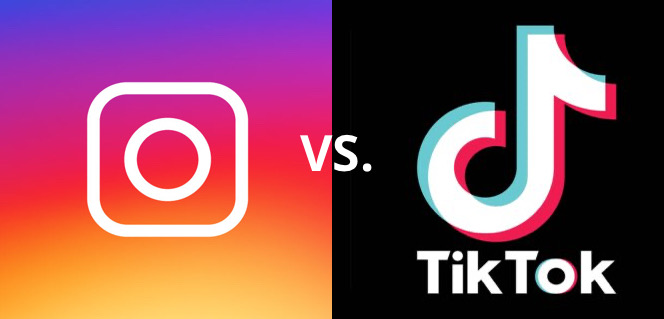Over the last three years, Google had astonishing and rapidly increasing revenue numbers, growing $110.55 and $160.74 billion per annum. In these three years, approximately 85% of their revenue resulted from advertisement platform services. These revenues result from users being shown ads for i.e., a new TV on Coolblue.com when they search for “best TV 2020” on google.com or a similar relevant video ad on YouTube.
Simultaneously, the worldwide smart speaker sales will surpass $30 billion by 2024, and Google is the fastest-growing smart speaker producer and already owns 31% of that market. However, since one of the key functionalities of smart speakers is voice search, one should assume that consumers will make increasingly more searches based on voice search. Expected is that in 2020, such searches will represent over 30% of all searches. While the revenue from smart speakers’ sales seems like a welcome addition to Google’s portfolio, it could also disrupt the PPC (paid search) industry. This disruption could eventually hurt Google’s main cash cow since there is no business model in place (yet) to monetize audio searches.
How should Google prepare their business model for the era where voice searches might be the dominant search method? Since already 42% of consumers using voice search state that they have shopped via smart speakers, there should be a value capturing opportunity for Google (and other PPC-based companies) here.
As you might know, you can ask your smart speaker for recommendations, i.e., to place a reservation at a restaurant. Google could make businesses pay for a higher spot on these rankings, similarly to how on-screen PPC works now. However, a key difference is that with voice search, fewer results will be shown to those who search, giving them fewer options and so less freedom of choice. However, this may also increase Google’s power, and thereby the prices they can force advertisers to pay for their services.
All in all, exciting discussion topics; what do you think the PPC industry’s future looks like with the increasing number of voice-powered searches?
Sources
https://www.statista.com/statistics/266206/googles-annual-global-revenue/
https://www.statista.com/statistics/1093781/distribution-of-googles-revenues-by-segment/
https://voicebot.ai/2020/04/28/amazon-smart-speaker-market-share-falls-to-53-in-2019-with-google-the-biggest-beneficiary-rising-to-31-sonos-also-moves-up/
https://www.digital-clarity.com/blog/voice-search-pay-per-click-advertising/
https://medium.com/voice-tech-podcast/monetization-of-voice-assistants-and-the-end-of-ppc-advertising-as-we-know-it-13c3ca317fbe


